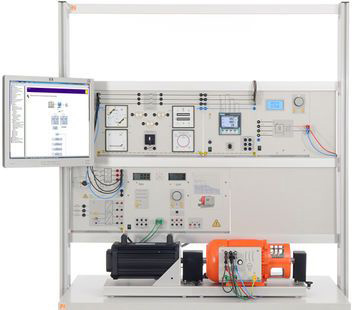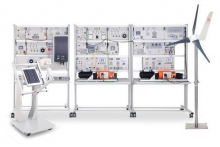Micro Grids
A stand-alone power network is a type of power supply network which is closed and has no active lines coupling it to other parts of the electrical power supply grid. A stand-alone network is markedly smaller than a combined electricity grid and does not usually incorporate high-voltage power lines. For this type of network, there are two distinct modes of operation, stand-alone mode, and isolated parallel or generator-to-generator operation. This type of supply network is frequently used for the industrial power supplies of large businesses.
When this stand-alone network is connected to a smart grid, it is referred to as a microgrid. This type of grid has three different operating modes: on-grid, off-grid and dual mode. Microgrids will be playing a huge role in the smart grids of tomorrow.
A microgrid features the following benefits:
- Transmission and transformer losses are reduced
- More independence from major power suppliers
- Smart grid act as a back-up system
- Intelligently controlled power supply and consumption thanks to SCADA
- Power generation using renewable energy sources
- Optimizing the quality, reliability, and sustainability of electricity
Micro Grid - Stand-alone operation
Training contents
- Fundamentals of isolated, stand-alone networks.
- Control of a generator in a stand-alone network.
- Coordination of energy needs and generating capacity in stand-alone networks.
- Use of modern information technology such as networked sensors/actuators, PLC control, and the SCADA operating environment
- "Smart metering" of a "slack bus" to make a sub-network autonomous.
- Manual control
- Voltage control
- Frequency control
Micro Grid - Isolated parallel operation
Training contents
- Control of multiple generators in a stand-alone network
- Control of multiple generators in parallel generation mode
- Coordination of energy needs and generating capacity in stand-alone networks.
- Use of modern information technology such as networked sensors/actuators, PLC control and the SCADA operating environment
- Smart metering of a "slack bus" to make a sub-network autonomous.
- Manual control
- Voltage control
- Frequency control
- Torque control
- Power factor (cos phi) control
- Droop control







